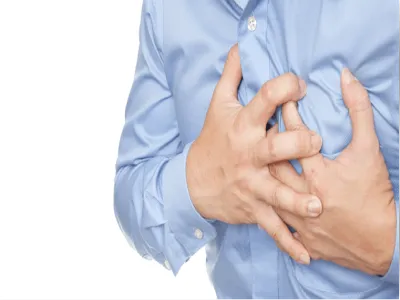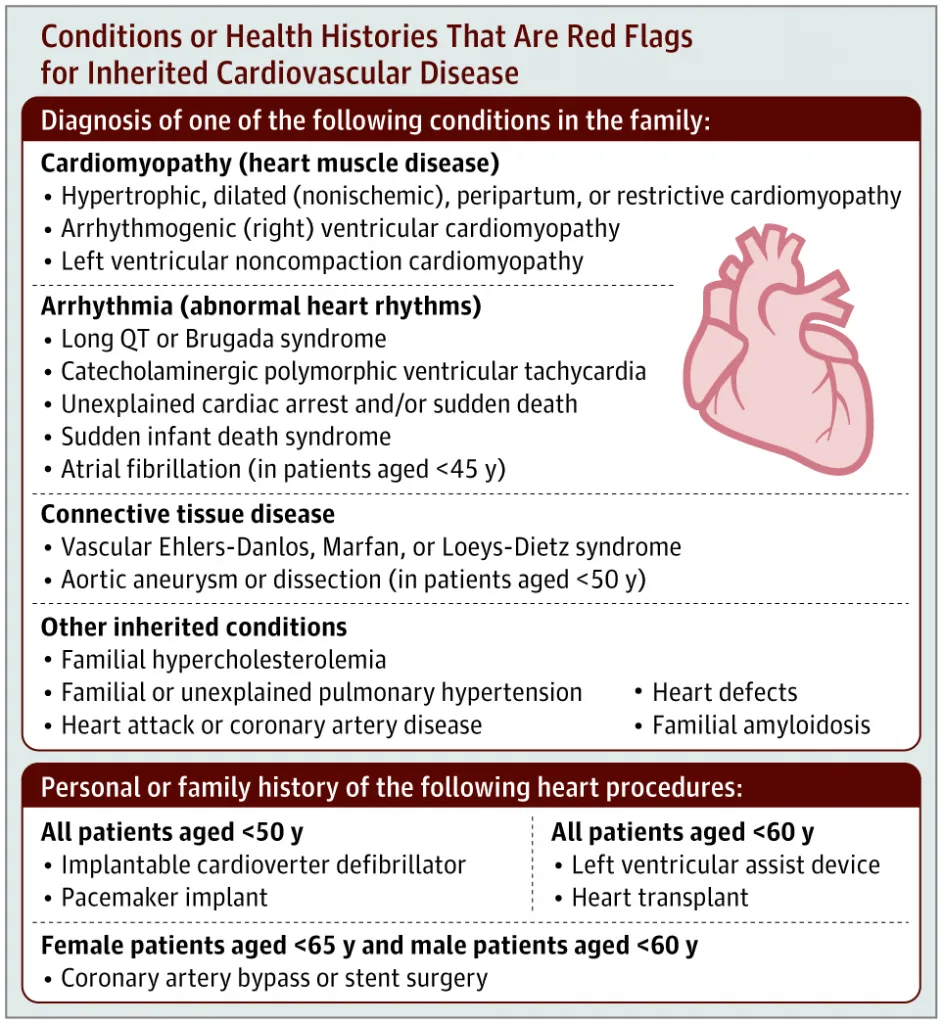What is Heart Disease?
Any condition that affects your heart is called a Heart disease and it is a leading cause of death in both men and women.
What are the Symptoms of Heart Disease?
You should schedule an appointment with your doctor, If you have any of these below symptoms.
- fainting
- slow or fast heartbeat
- chest tightness
- chest pain
- shortness of breath
- sudden swelling in your legs, feet, ankles, or abdomen
What are the factors that increase the chances of heart risk?
- Family history of heart disease
- History of smoking
- Obesity
- Poor diet
- Age
How can we diagnose a Heart Condition?
Early diagnosis and treatment can lower the risk of complications, like heart attack or stroke. Your doctor will perform a series of tests and evaluations to diagnose heart disease. Doctors may also use some of these tests to screen for heart disease before you develop noticeable symptoms. Your doctor will ask you about your symptoms and your family medical history. Then series of tests would be carried out like blood tests, blood pressure, heart rate and the levels of fat and cholesterol in your bloodstream.
A complete cholesterol test checks four types of fats in your blood:
- Total cholesterol is the sum of all cholesterol in your blood.
- Low-density lipoprotein (LDL) cholesterol is called “bad” cholesterol and too much of “bad” cholesterol causes fat to build up in your arteries, which reduces blood flow and this can lead to a heart attack or stroke.
- High-density lipoprotein (HDL) cholesterol is called “good” cholesterol and this helps to carry away LDL cholesterol and clear your arsteries.
- Triglycerides is a type of fat in your blood and high levels of triglycerides are often associated with diabetes, smoking, and excessive alcohol consumption.
-
Preventive Heart Checkup
-
Cancer Screening Package
-
Kidney Health Screening
-
Liver Health Screening
Health Atmos provides quick & quality Executive Health Checkup, Annual Health Screening Package and Preventive Health Checkup that are affordable & cost-effective.


To check your body for signs of inflammation C-reactive protein (CRP) tests are required. The results of your CRP and cholesterol tests can be used to assess the risk for heart disease.
What are the Non-Invasive Examinations for Heart?
There are many non-invasive tests available to help your doctor check for heart disease.
Electrocardiogram – An electrocardiogram (ECG) is a short test that monitors the electrical activity in your heart. It records this activity on a strip of paper and your doctor may use this test to check for an irregular heartbeat or heart damage.
Echocardiogram – An echocardiogram is an ultrasound of your heart and it uses sound waves to create a picture of your heart. This can be used to evaluate your heart valves and heart muscles.
Stress test – During a stress test, they may ask you to ride a stationary bike or walk or run on a treadmill for several minutes. Your body’s reaction to stress will be monitored as your heart rate increases.
Carotid ultrasound – A carotid duplex scan uses sound waves to create pictures of your carotid arteries on both sides of your neck. It allows your doctor to check for a buildup of plaque in your arteries and assess your risk of stroke.
Holter monitor – If your doctor needs to monitor your heart over a period of v24 to 48 hours, then they will ask you to wear a device called a Holter monitor. This small machine works like a continuous EGG and your doctor can use it to check for heart abnormalities that can go undetected on a normal ECG such as arrhythmias, or irregular heartbeats.
Chest X-ray – A chest X-ray uses a small amount of radiation to create images of your chest, including your heart. This can help your doctor to determine the cause of shortness of breath or chest pains.
Tilt table test – Your doctor may perform a tilt table test if you have fainted. They will ask you to lie on a table that moves from a horizontal to a vertical position. Your heart rate, blood pressure and oxygen level will be monitored as the table moves. The results can help your doctor to determine whether your fainting was caused by heart disease or another condition.
CT scan – To create a cross-sectional image of your heart, a CT scan uses multiple X-ray images. Different types of CT scans are used by your doctor to diagnose heart disease. For example, to check for calcium deposits in your coronary arteries, a calcium score screening heart scan is taken or coronary CT angiography is taken.
Heart MRI – During a heart MRI, the technician creates images of your blood vessels and heart while it’s beating. After which your doctor can use the images to diagnose many conditions, such as heart muscle diseases and coronary artery disease.
Invasive tests to diagnose heart disease – If non-invasive tests are not able to diagnose the underlying cause, then you may need to use an invasive procedure to diagnose a heart disease. Invasive procedures involve tools that enter the body, such as a needle, tube or scope.
Coronary angiography and cardiac catheterization: Your doctor inserts a long flexible tube through a blood vessel in your groin or other part of your body, during cardiac catheterization. Then this flexible tube is moved towards your heart and after that your doctor uses the tube to conduct tests and check for heart abnormalities.
For example, your doctor can complete a coronary angiography with catheterization. A special dye is injected into the blood vessels of your heart. Then they’ll use an X-ray to look at your coronary arteries. They can use this test to look for narrowed or blocked arteries.
Electrophysiology study – To determine the cause of abnormal heart rhythms, your doctor may conduct an electrophysiology study. During this test, your doctor feeds an electrode catheter to your heart through your blood vessel. This electrode is used to send electric signals to your heart and create a map of its electrical activity. Thereafter, medications might be prescribed to restore your natural heart rhythm.
You can book your health checkup by contacting Health Atmos. We cover all states in India and 25+ countries globally. You can choose a home collection service or walk-in appointment at a lab near you. We will be happy to be at your service. Stay Healthy! Stay Safe!

